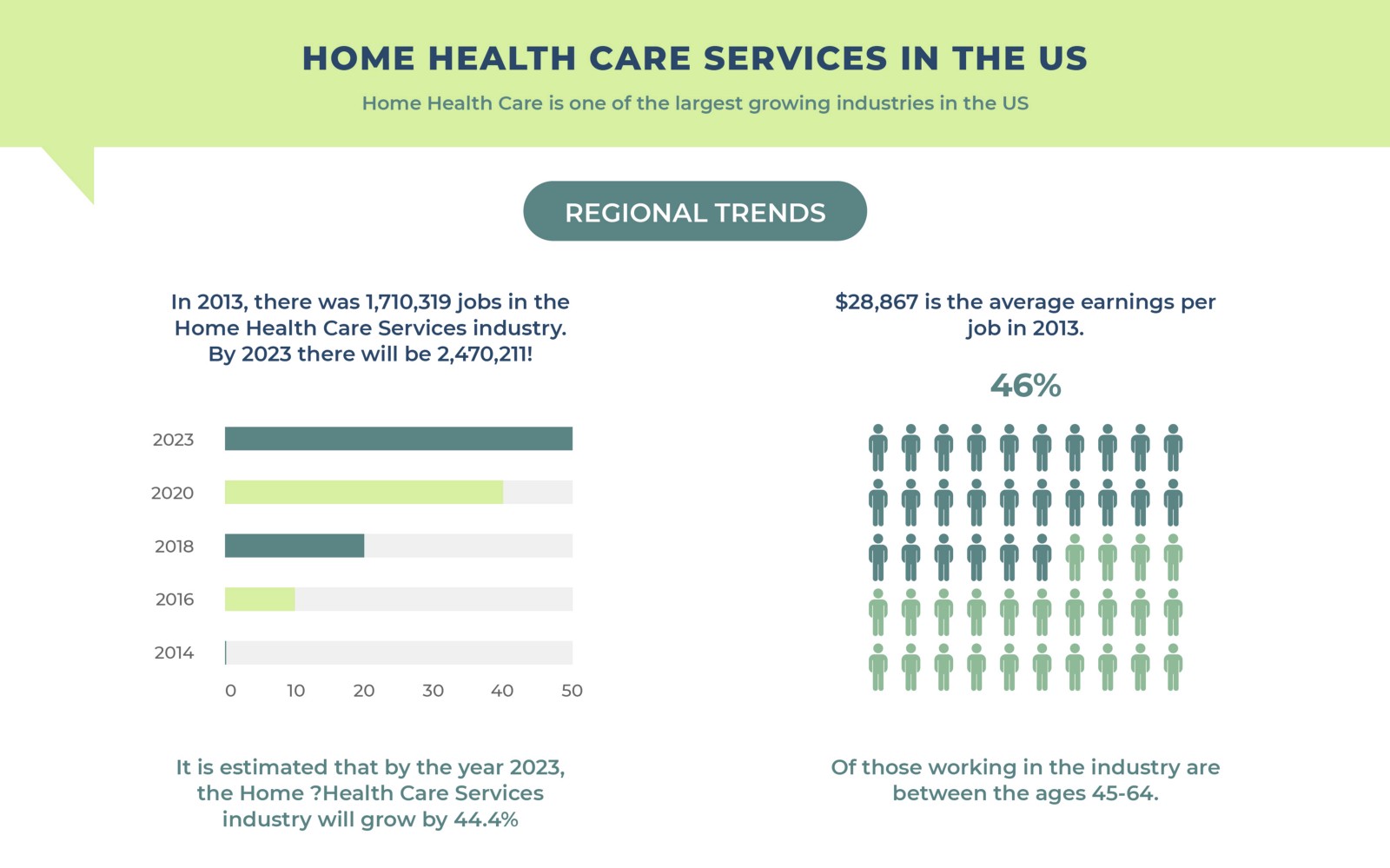In 1917, the AMA Home of Delegates preferred obligatory health insurance as proposed by the AALL, however lots of state medical societies opposed it. There was argument on the approach of paying physicians and it was not long prior to the AMA leadership denied it had actually ever favored the step. On the other hand the president of the American Federation of Labor repeatedly knocked mandatory medical insurance as an unneeded paternalistic reform that would create a system of state supervision over individuals's health.
Their main concern was keeping union strength, which was understandable in a period before cumulative bargaining was legally sanctioned. The business insurance coverage market also opposed the reformers' efforts in the early 20th century. There was excellent worry amongst the working class of what they called a "pauper's Drug Rehab Center burial," so the backbone of insurance business was policies for working class households that paid death advantages and covered funeral costs.
Reformers felt that by covering survivor benefit, they might finance much of the medical insurance expenses from the cash squandered by commercial insurance coverage policies who needed to have an army of insurance coverage representatives to market and gather on these policies. But given that this would have pulled the rug out from under the multi-million dollar industrial life insurance coverage industry, they opposed the nationwide health insurance coverage proposal.
The government-commissioned posts denouncing "German socialist insurance coverage" and opponents of medical insurance assailed it as a "Prussian hazard" irregular with American worths. Other efforts throughout this time in California, specifically the California Social Insurance Commission, advised medical insurance, proposed making it possible for legislation in 1917, and after that held a referendum. New York City, Ohio, Pennsylvania, and Illinois also had actually some efforts targeted at health insurance.
This marked the end of the compulsory national health argument up until the 1930's. Opposition from medical professionals, labor, insurance provider, and business contributed to the failure of Progressives to accomplish mandatory national health insurance. In addition, the addition of the funeral benefit was a tactical error given that it threatened the enormous structure of the business life insurance coverage market.
There was some activity in the 1920's that changed the nature of the argument when it woke up again in the 1930's. In the 1930's, the focus moved from supporting earnings to funding and broadening access Learn more here to healthcare. By now, medical costs for employees were considered a more severe issue than wage loss from sickness.
Little Known Questions About How To Start A Home Health Care Business.
Medical, and particularly hospital, care was now a larger product in family spending plans than wage losses. Next came the Committee on the Expense of Medical Care (CCMC). Concerns over the expense and distribution of medical care caused the formation of this self-created, independently funded group. The committee was moneyed by 8 humanitarian organizations including the Rockefeller, Millbank, and Rosenwald foundations.
The CCMC was made up of fifty financial experts, doctors, public health experts, and major interest groups. when it comes to health care. Their research figured out that there was a requirement for more healthcare for everyone, and they released these findings in 26 research study volumes and 15 smaller reports over a 5-year period. The CCMC recommended that more nationwide resources go to medical care and saw voluntary, elective, medical insurance as a way to covering these expenses.

The AMA treated their report as a radical file advocating mingled medicine, and the acerbic and conservative editor of JAMA called it "an incitement to revolution." FDR's first attempt failure to include in the Social Security Costs of 1935Next came Franklin D. Roosevelt (FDR), whose tenure (1933-1945) can be identified by WWI, the Great Anxiety, and the New Offer, including the Social Security Bill.
FDR's Committee on Economic Security, the CES, feared that addition of medical insurance in its costs, which was opposed by the AMA, would threaten the passage of the entire Social Security legislation. It was for that reason omitted. FDR's 2nd attempt Wagner Expense, National Health Act of 1939But there was one more push for nationwide health insurance throughout FDR's administration: The Wagner National Health Act of 1939.
The vital aspects of the technical committee's reports were incorporated into Senator Wagner's bill, the National Health Act of 1939, which provided general support for a nationwide health program to be moneyed by federal grants to states and administered by states and localities. Nevertheless, the 1938 election brought a conservative revival and any more innovations in social policy were very difficult.
Simply as the AALL project faced the declining forces of progressivism and after that WWI, the motion for national medical insurance in the 1930's encountered the declining fortunes of the New Offer and after that WWII. About this time, Henry Sigerist was in the US He was a really influential medical historian at Johns Hopkins University who played a significant function in medical politics during the 1930's and 1940's.
What The American People Need Is Not More Health Care Fundamentals Explained
Several of Sigerist's many devoted students went on to become key figures in the fields of public health, community and preventative medication, and health care company. A number of them, consisting of Milton Romer and Milton Terris, were instrumental in forming the healthcare area of the American Public Health Association, which then acted as a national meeting ground for those devoted to health care reform.
Initially presented in 1943, it ended up being the really well-known Wagner-Murray- Dingell Costs. what countries have universal health care. The bill called for required national health insurance coverage and a payroll tax. In 1944, the Committee for the Country's Health, (which grew out of the earlier Social Security Charter Committee), was a group of representatives of arranged labor, progressive farmers, and liberal doctors who were the primary lobbying group for the Wagner-Murray-Dingell Expense.

Opposition to this costs was enormous and the villains released a scathing red baiting attack on the committee saying that a person of its key policy experts, I.S. Falk, was a channel in between the International Labor Organization (ILO) in Switzerland and the United States federal government. The ILO was red-baited as "a remarkable political maker bent on world dominance." They even went so far was to recommend that the United States Social Security board worked as an ILO subsidiary.
After FDR passed away, Truman became president (1945-1953), and his period is identified by the Cold War and Communism. The healthcare problem finally moved into the center arena of national politics and got the unreserved assistance of an American president. Though he served during some of the most virulent anti-Communist attacks and the early years of the Cold War, Truman totally supported national medical insurance (what does a health care administration do).
Obligatory health insurance coverage ended up being knotted in the Cold War and its opponents had the ability to make "interacted socially medicine" a symbolic concern in the growing crusade versus Communist influence in America. Truman's plan for nationwide medical insurance in 1945 was various than FDR's plan in 1938 because Truman was strongly committed to a single universal detailed medical insurance strategy.
He emphasized that this was not "mingled medicine." He likewise dropped the funeral benefit that contributed to the defeat of nationwide insurance in the Progressive Period. Congress had blended responses to Truman's proposition. The chairman of your house Committee Rehabilitation Center was an anti-union conservative and declined to hold hearings. Senior Republican Senator Taft declared, "I consider it socialism.